FREE Shipping on Orders over $89 with Account – Create One Today!
- (844)-859-9400
- Get Help
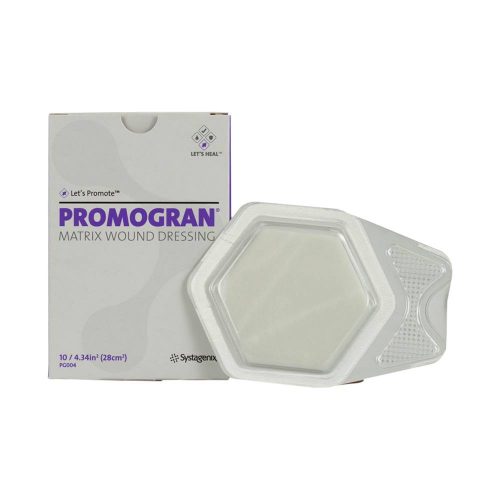
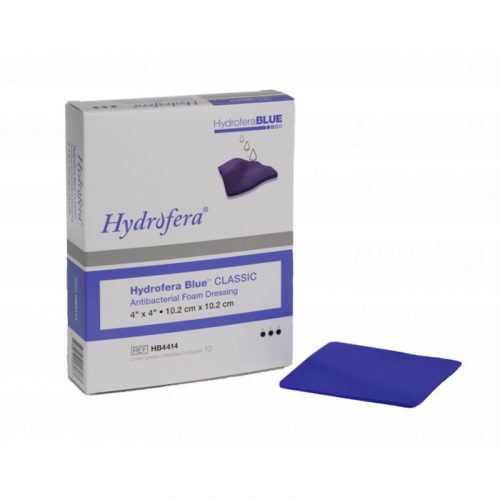
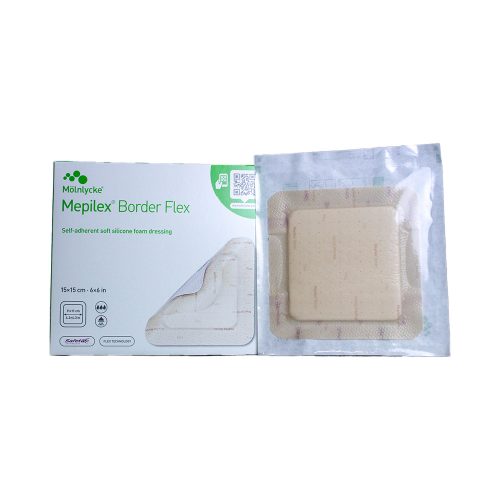

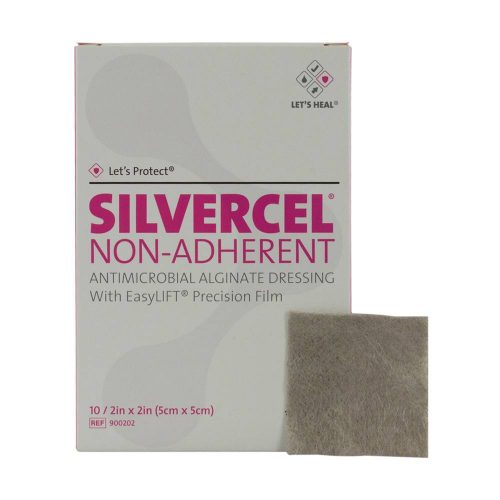
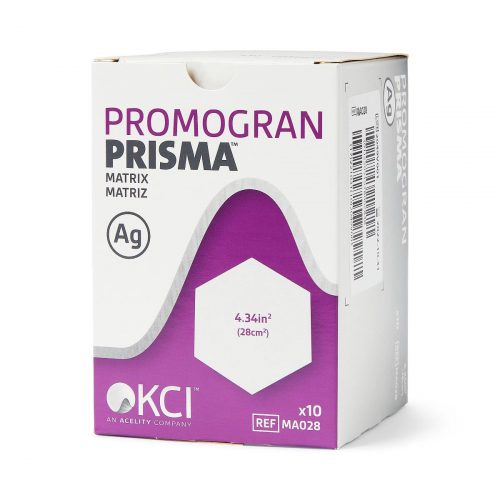
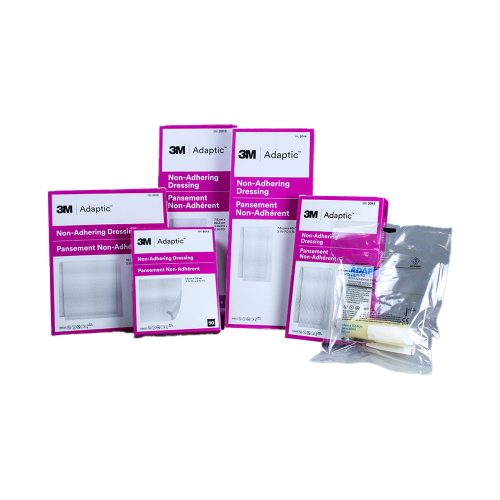
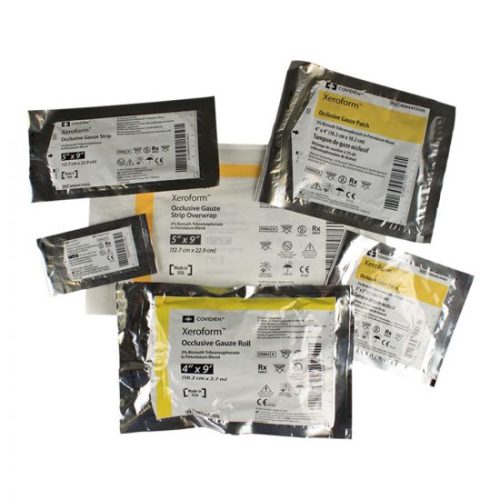
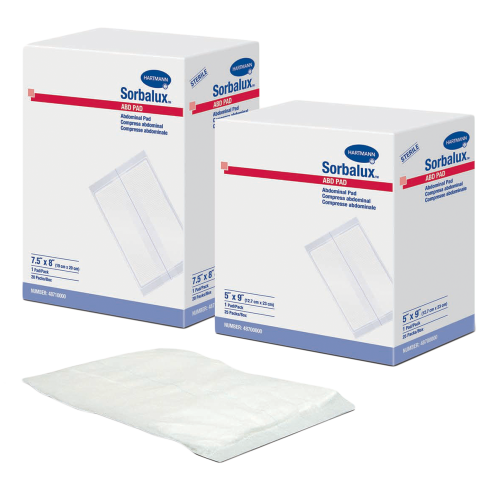
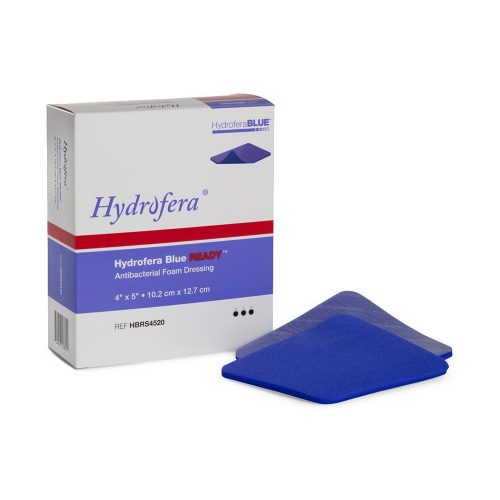
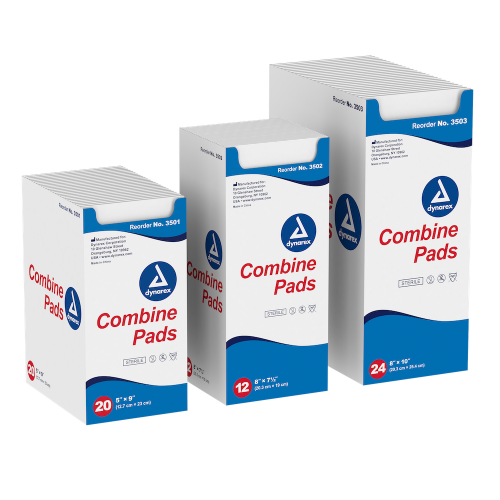
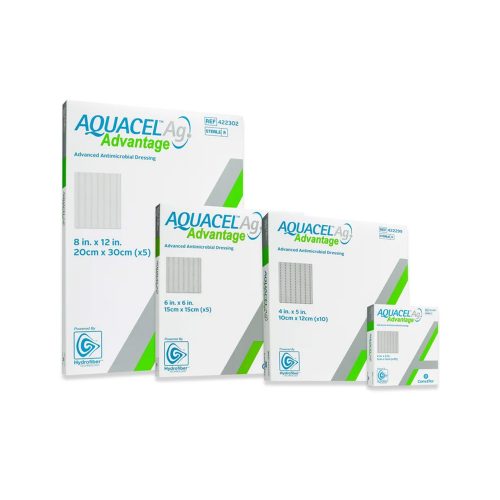
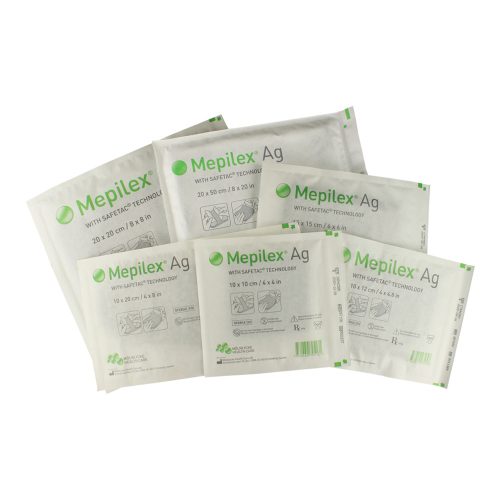
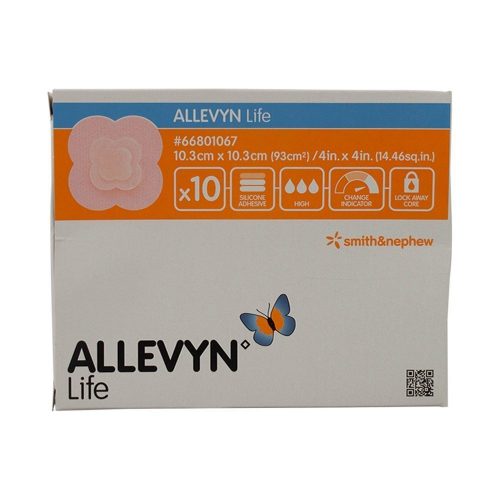

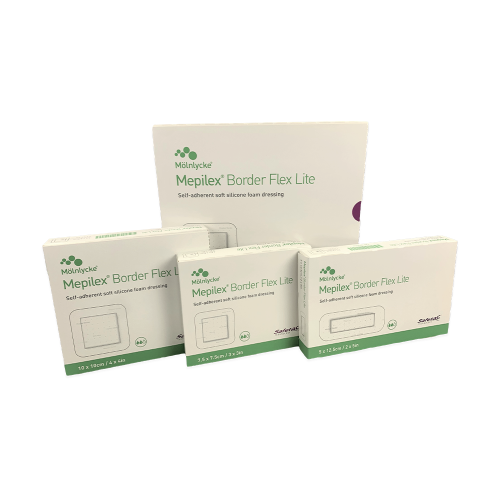
Not all wounds are identical. Varying depths, severities, sources and the amount of exudate call for different types of advanced wound dressings.
To assist with recovering from surgery, burns and other injuries, advanced wound dressings create an ideal healing environment for the condition at hand. Along with application, keep in mind that proper dressing removal also affects how well the wound heals.
For use in medical and at-home settings, it’s advised to understand the basic types:
Alginate wound dressing’s fibers are sourced from brown seaweed or kelp. Its biodegradable composition lessens the risk of bacterial infection and assists with absorbing exudate and other fluids. Honey, calcium or silver may further be added to enhance its healing properties.
Composite dressings use a multi-layered design for keeping out moisture and holding onto exudate. Pads may offer an adhesive border or may need to be secured to the skin.
Perforated or woven material available in several sizes assists with lining a wound bed or preventing outside debris from irritating a skin graft site.
The material composing collagen dressings is derived from animal tissue, be it a bovine, equine, porcine or avian source. The composition hastens tissue growth and the skin’s fibroblast generation and is ideal for several types of partial-thickness wounds, including necrotic tissue, skin grafts and second-degree burns. Collagen dressings may be found in pad, sheet, particle and powder forms.
This water-based dressing is ideal for limiting the spread of bodily fluids at the wound site and keeps the area precisely moist to promote healing without festering. Hydrogel dressings further assist this process by debriding dead tissue and encouraging the growth of new tissue.
Made out of polyurethane or a polymer compound, foam dressings are ideal for containing large amounts of exudate and fluid, creating enough moisture to promote wound healing and controlling the spread of bacteria. These semi-permeable dressings may have an adhesive edge, are available in multiple thicknesses and can be layered on a wound.
As a type of foam dressing, Negative Pressure Wound Therapy (NPWT) provides a format that encourages the healing of tunneling wounds. Formulations may add silver or antimicrobial properties.
Hydrocolloid dressings are a waterproof, flexible and adhering solution that utilizes polyurethane and a gel-forming substance to keep the wound moist. Once applied, the material absorbs exudate, prevents outside moisture from entering and works to close off the wound area to prevent fluid from spreading.
Another flexible, polymer-based adhesive solution, transparent film locks out moisture and outside bacteria and contaminants and offers a greater degree of visibility. However, the material is permeable enough that moisture from inside the wound can evaporate.
